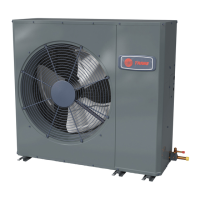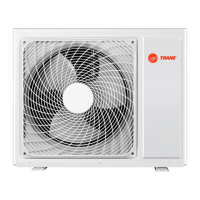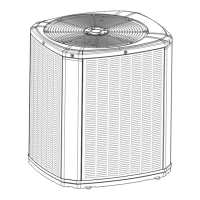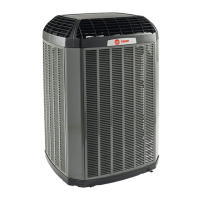SSAAFFEETTYYWWAARRNNIINNGG
Only qualified personnel should install and service the equipment. The installation, starting up, and servicing of heating, ventilating, and
air-conditioning equipment can be hazardous and requires specific knowledge and training. Improperly installed, adjusted or altered
equipment by an unqualified person could result in death or serious injury. When working on the equipment, observe all precautions in the
literature and on the tags, stickers, and labels that are attached to the equipment.
February 2020
1188--BBCC9999DD11--11DD--EENN
Side Discharge HP Models
For coastal applications where units are installed within one (1) mile of salt water, epoxy coated models are recommended.
These models have an 8 week lead time after order.
EEppooxxyyCCooaatteeddMMooddeell
4TWL6018A1000A
4TWL6024A1000A
4TWL6030A1000A
4TWL6036A1000A
4TWL6042A1000A
4TWL6048A1000A
4TWL6060A1000A
4TWL6018A1COTA
4TWL6024A1COTA
4TWL6030A1COTA
4TWL6036A1COTA
4TWL6042A1COTA
4TWL6048A1COTA
4TWL6060A1COTA
NNoottee:: “Graphics in this document are for representation
only. Actual model may differ in appearance.”
Installer’s Guide






